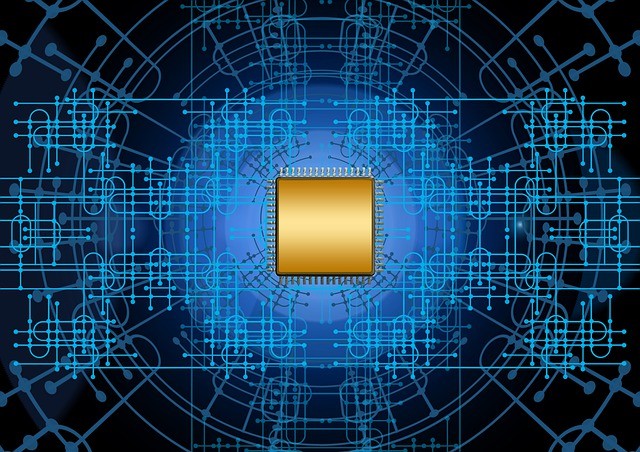Semiconductors reach the quantum world

(ScienceDaily) Quantum effects in superconductors could give semiconductor technology a new twist. Researchers at the Paul Scherrer Institute PSI and Cornell University in New York State have identified a composite material that could integrate quantum devices into semiconductor technology, making electronic components significantly more powerful.
Currently, the most important challenges in semiconductor electronics include further improvements that would increase the bandwidth of data transmission, energy efficiency and information security. Exploiting quantum effects is likely to be a breakthrough.
Quantum effects that can occur in superconducting materials are particularly worthy of consideration. Superconductors are materials in which the electrical resistance disappears when they are cooled below a certain temperature. The fact that quantum effects in superconductors can be utilised has already been demonstrated in first quantum computers.
o find possible successors for today’s semiconductor electronics, some researchers — including a group at Cornell University — are investigating so-called heterojunctions, i.e. structures made of two different types of materials. More specifically, they are looking at layered systems of superconducting and semiconducting materials.
“When I came across the research of the group at Cornell, I knew: here at PSI we can find the answer to this fundamental question with our spectroscopic methods at the ADRESS beamline,” explains Vladimir Strocov, researcher at the Synchrotron Light Source SLS at PSI.
This is how the two groups came to collaborate. In their experiments, they eventually found that the electrons in both materials “keep to themselves.” No unwanted interaction that could potentially spoil the quantum effects takes place.
The PSI researchers used a method well-established at the ADRESS beamline of the SLS: angle-resolved photoelectron spectroscopy using soft X-rays — or SX-ARPES for short. “With this method, we can visualise the collective motion of the electrons in the material,” explains Tianlun Yu, a postdoctoral researcher in Vladimir Strocov’s team.
“The most important conclusion for us is that the superconductivity in the niobium nitride remains undisturbed, even if this is placed atom by atom to match a layer of gallium nitride,” says Vladimir Strocov. “With this, we were able to provide another piece of the puzzle that confirms: This layer system could actually lend itself to a new form of semiconductor electronics that embeds and exploits the quantum effects that happen in superconductors.”























